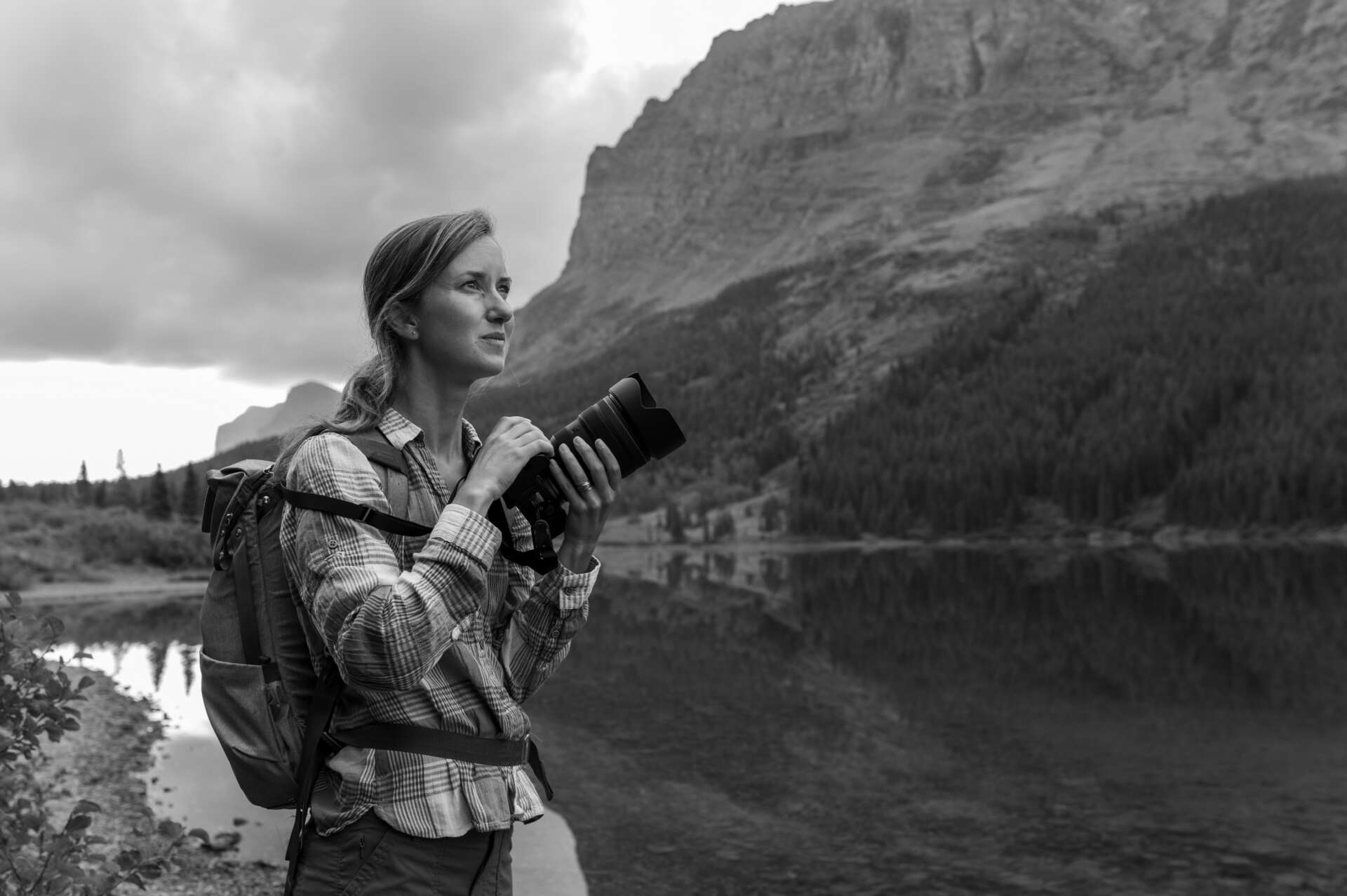Alright – so today we’ve got the honor of introducing you to Louise Johns. We think you’ll enjoy our conversation, we’ve shared it below.
Louise, thanks for taking the time to share your stories with us today Is there a historical figure you look up to? Who are they and what lessons or values have you learned from them?
“The benefit of seeing…can come only if you pause a while, extricate yourself from the maddening mob of quick impressions ceaselessly battering our lives, and look thoughtfully at a quiet image…” I think of this quote often, by Depression-era photographer Dorothea Lange, and it reminds me why I am a photographer. Lange photographed rural America during the Great Depression, which had a huge impact on the government programs that helped rural people during that time. Her famous photograph, Migrant Mother, is one of the most iconic photographs representing that era in US history. Not only do her photographs stand the test of time, but she was a woman working among a sea of men in the photo industry at the time.
I’ve been influenced by Dorothea’s Lange’s photographs since the beginning of my career, but also by the way she went about making the pictures. She researched the communities where she worked and was committed to learning about people before even bringing her camera out. She famously said, “the camera is an instrument that teaches you how to see without the camera.”
Making photographs is about seeing people, places or animals for who they are, with respect and dignity. It is about looking deeply, not superficially, at what we are photographing. These are values that she lived and worked by, and the result is her photographs that represent authentic and honest moments of American life, not pictures that are set up, produced or choreographed. She believed in the true art and value of documentary photography – to see and document life as it is.
She understood the power of images, the role that a photographer can play in the social and environmental discourse of our time, and how important our work is to history.
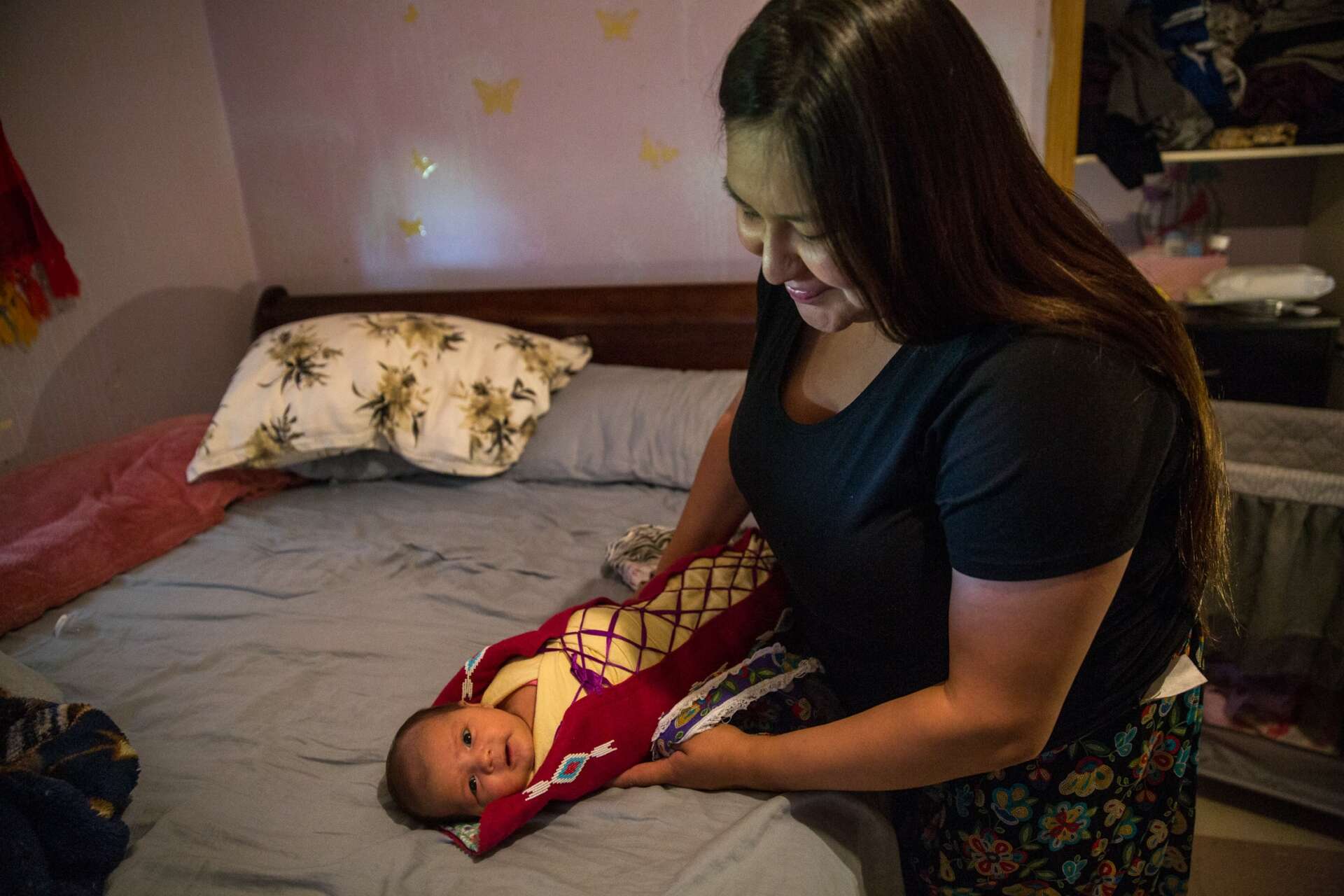
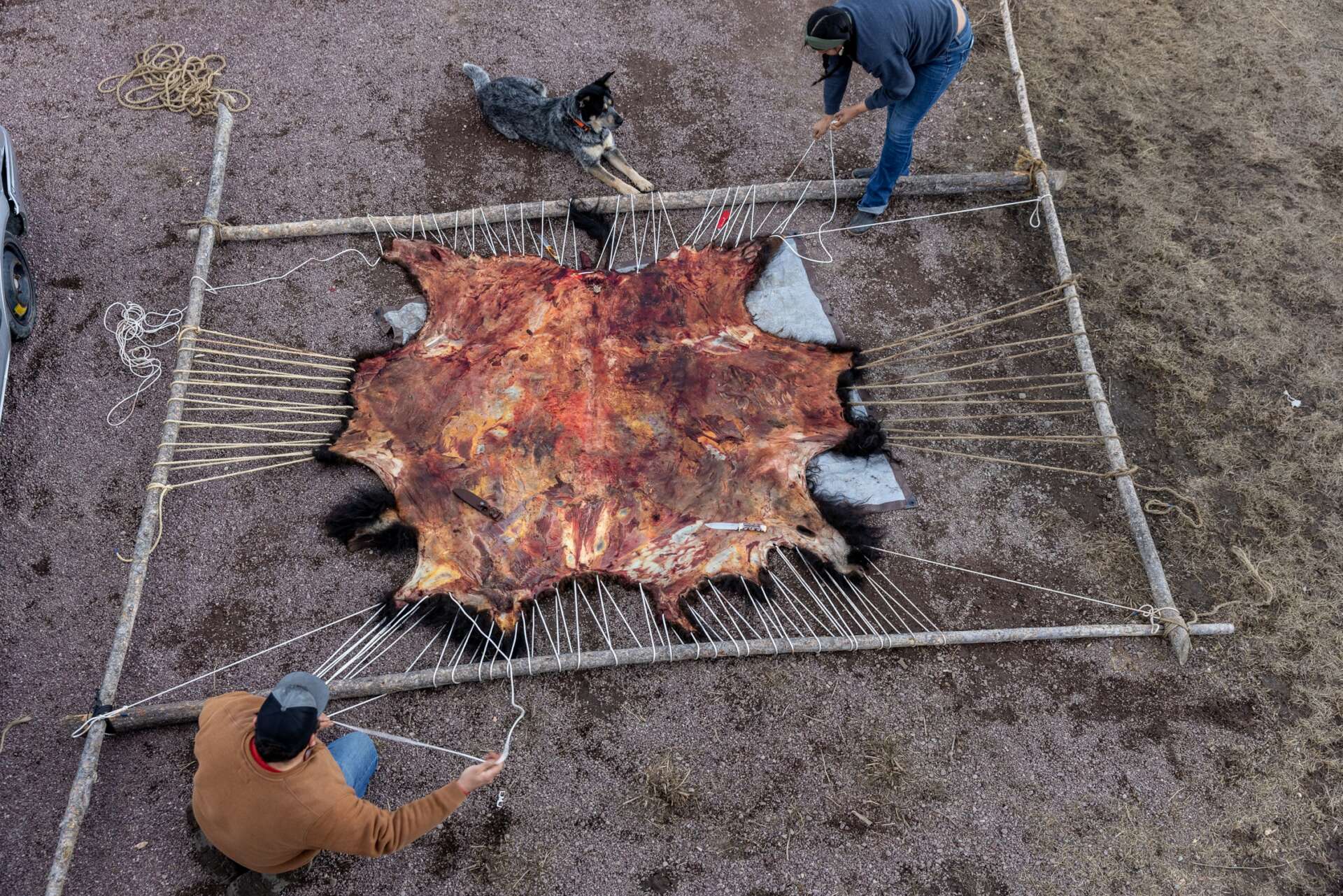
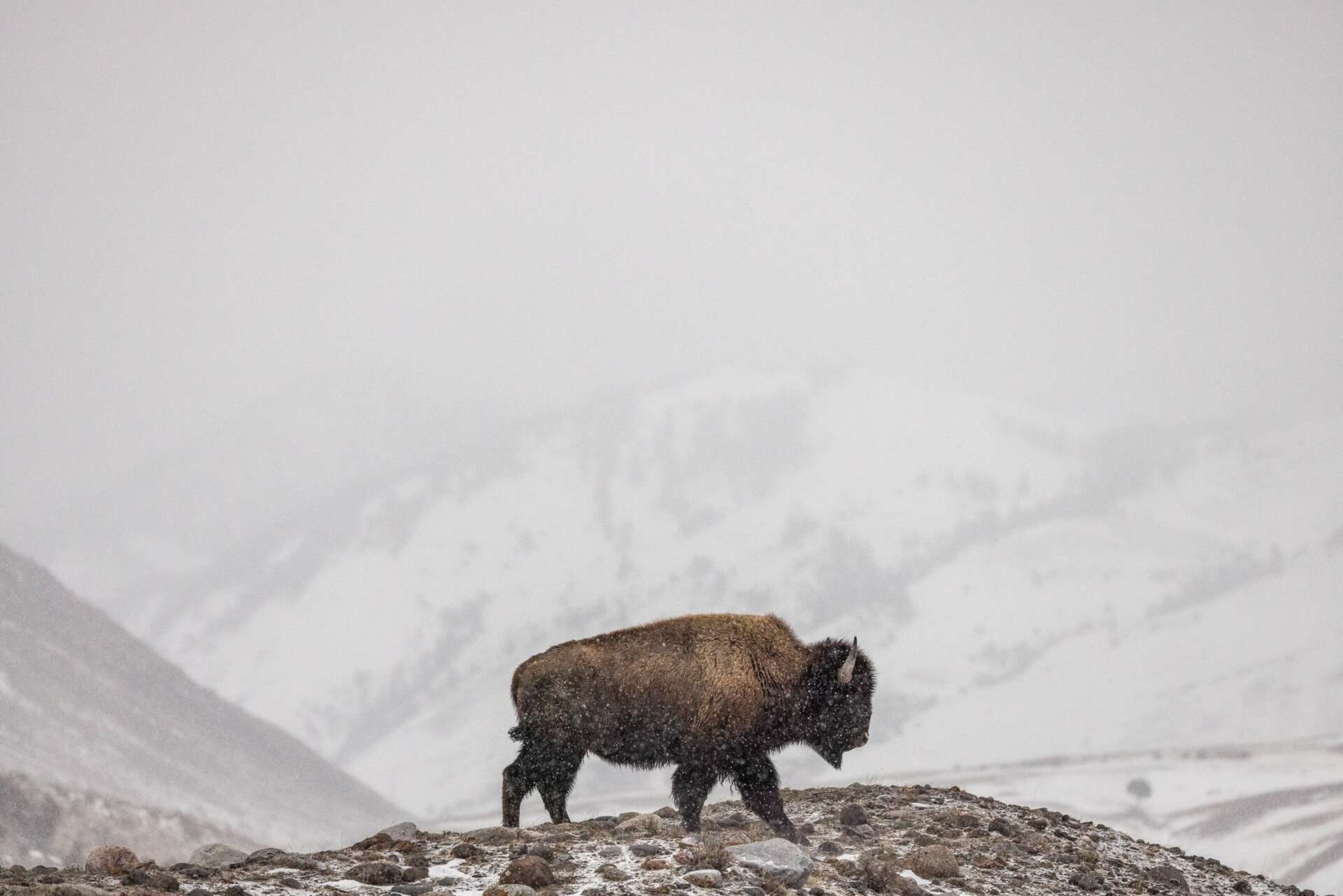
As always, we appreciate you sharing your insights and we’ve got a few more questions for you, but before we get to all of that can you take a minute to introduce yourself and give our readers some of your back background and context?
I am an independent freelance photojournalist and documentary photographer living in Bozeman, Montana. My journey begins with my father who was a renowned photographer for National Geographic magazine and then Editor In Chief of the magazine. I had the privilege of traveling with my father from a very young age, most notably to southern Africa, and that had a huge impact on me. When I picked up a camera many years later, I had an innate sense of how to work as a photojournalist because I had observed him (and his colleagues) over many years of my life. I saw that being immersed in the story was part of the job, so when I became a photographer, I wanted to work that way. In journalism school I learned the mechanics of the camera, but for me photography has always been my portal into worlds beyond myself, helping me to find my voice and express what I care deeply about. I am drawn to photograph people who live in constant tension with their environment, struggling to balance a livelihood with care for the land and animals. I’ve had the privilege of witnessing an intimacy between people and land, especially in Native American and ranching communities.
When I decided to move from my childhood home in Virginia to Montana to study journalism at the University of Montana, I fell in love with the West. I began photographing the American West in 2013 when I worked as a horse wrangler on the J Bar L Ranch in Montana. I photographed my life there, and over months and then years stayed in touch with one of the families, the Andersons, witnessing their ranching lives on the northern border of Yellowstone National Park. I received my first grant from National Geographic Society for this work, which helped launch my career. Living in the west has shaped me and the stories I choose to focus on right here in my backyard.
Early in my career I worked for local newspapers, while continuing to build my freelance career through working for regional conservation organizations and other outlets. I also had the privilege of working as an assistant for National Geographic photographer Erika Larsen, who taught me a lot. She became a role model and is a mentor for me to this day.
As a freelance photographer I do a variety of work to stay afloat in a competitive industry. Along with my journalism work, I do commercial photography for brands and companies, such as Rivian and Patagonia. I work for non-profits and foundations, and I partner with galleries to sell a selection of my photographs as fine art. I also spend a lot of time applying for grants to do the long form documentary projects that are important to me, and those take years to complete. In this day and age to be a photojournalist requires resilience, an ability to adapt and diversify the kind of work I do, and to always be open to new opportunities.
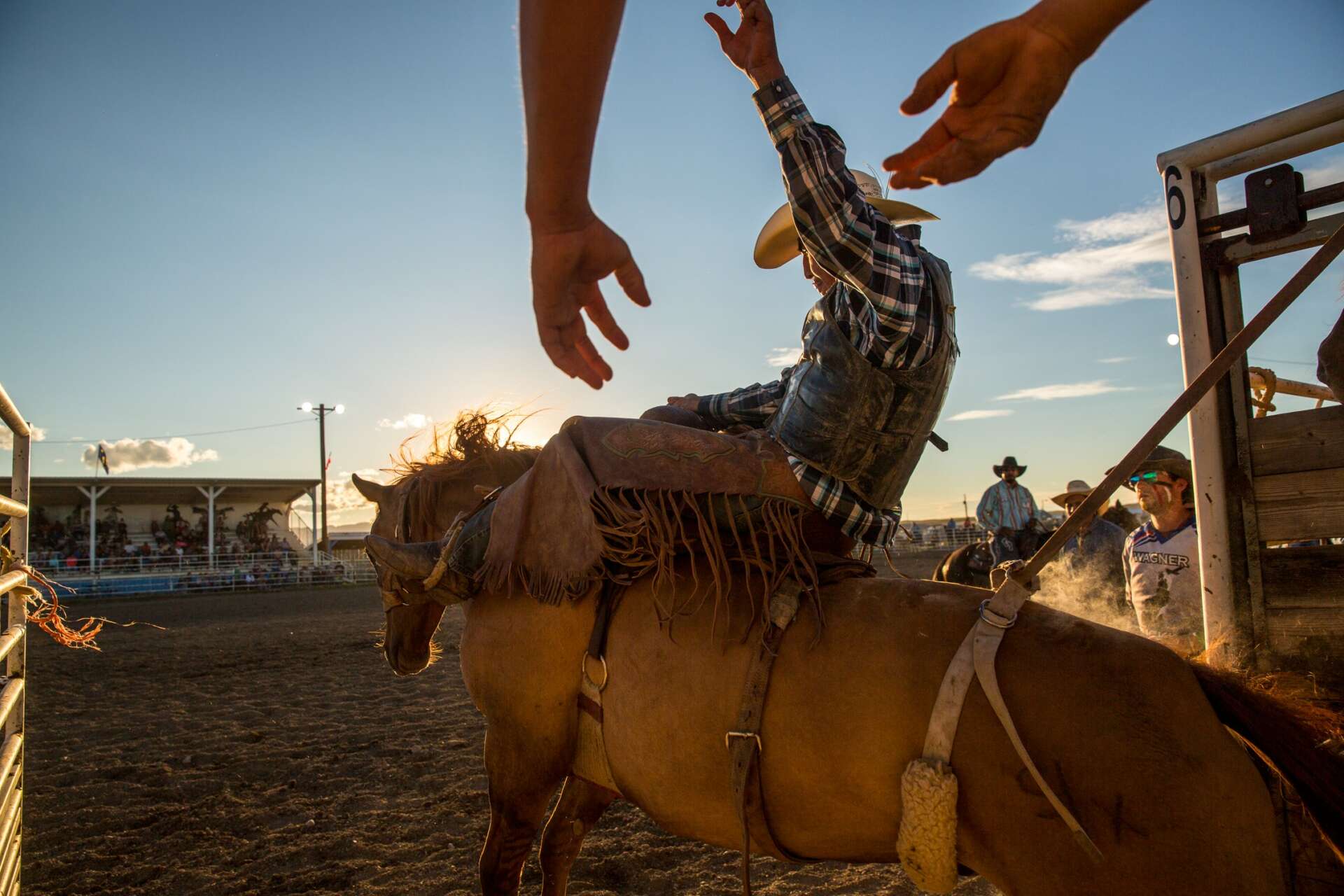
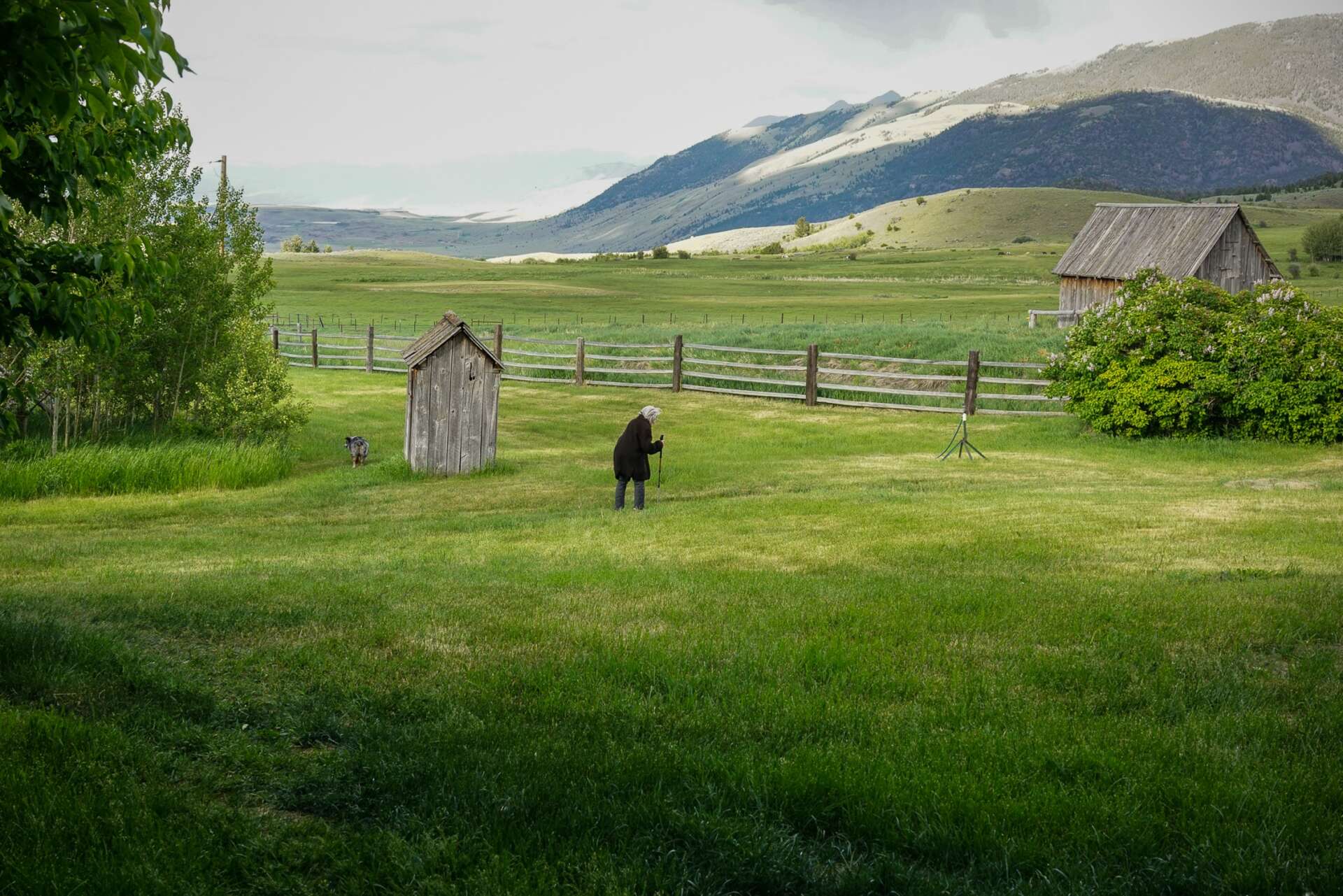

For you, what’s the most rewarding aspect of being a creative?
One of the most rewarding parts of my job as a creative is giving back to the people I photograph. I love to share the images I make with the people in my photographs. Often people have not had their lives documented with such attention and intimacy. It is wonderful to be able to reflect their lives back to them. For example, I photographed a multigenerational ranching family on the Blackfeet reservation and made some beautiful images of them on horseback on their land. One of the photographs was part of a gallery exhibit I later did, so the photograph was beautifully framed and printed in a large format. When the exhibit was over I traveled to Blackfeet to visit them and gift it to them. They were so touched that the husband had tears in his eyes. It means the world to be able to give back, even something small as the gift of a photograph in exchange for people opening up their lives to me.
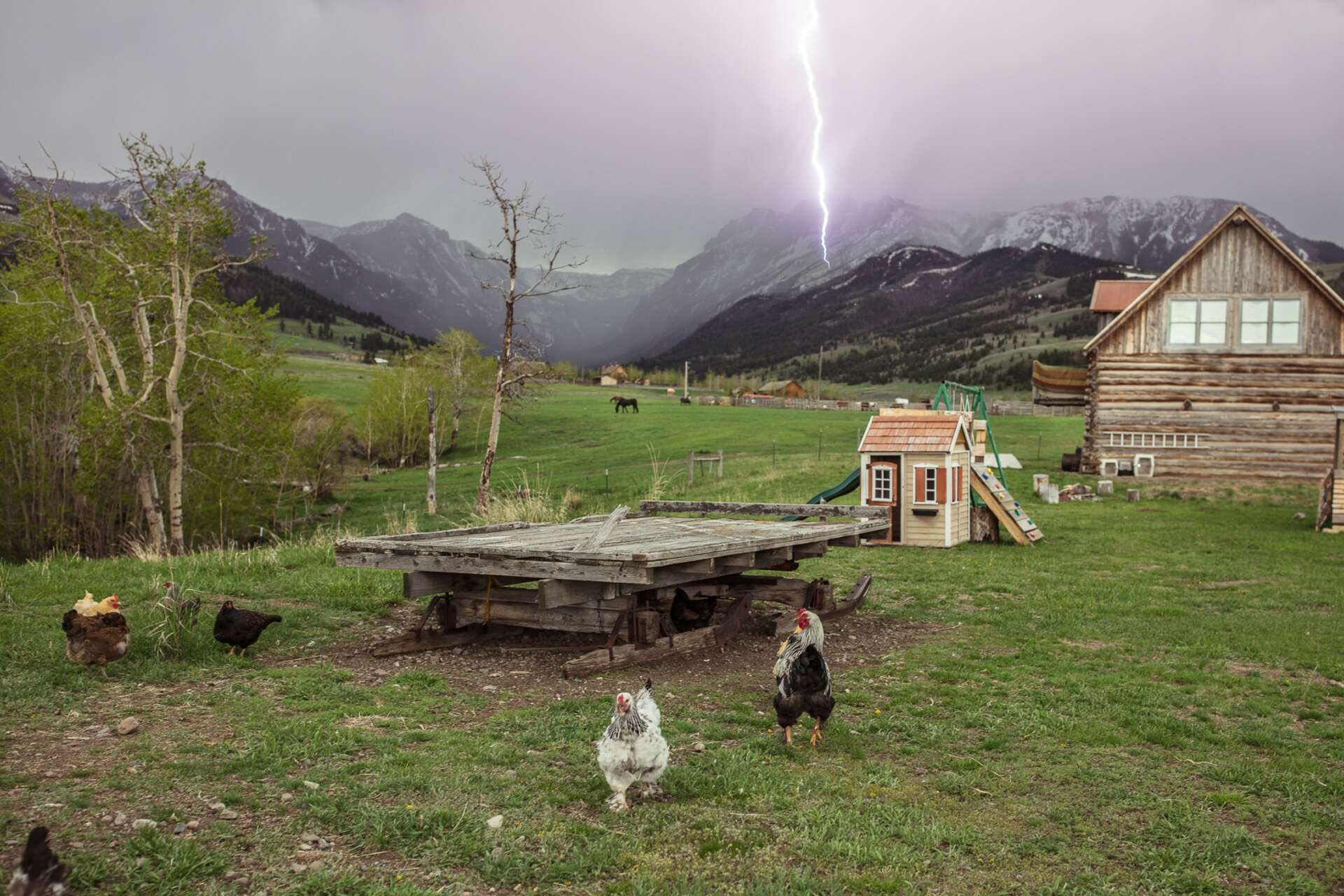
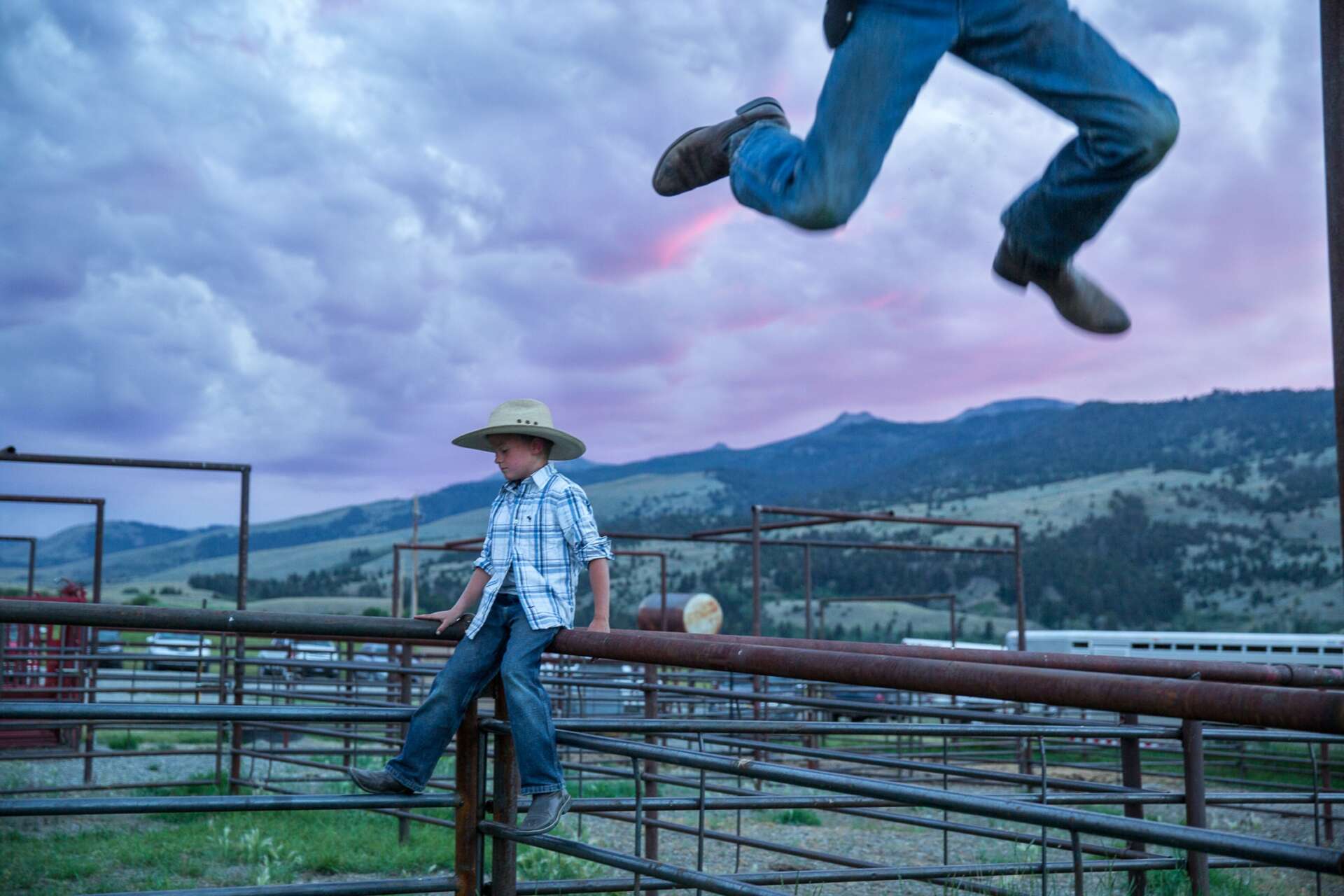

Is there something you think non-creatives will struggle to understand about your journey as a creative? Maybe you can provide some insight – you never know who might benefit from the enlightenment.
I think something that often gets missed is how much time it takes to make the work that we do in the field of documentary photography. We will often spend years on a story because that is how much time it takes to get to know the key people, build trust, and truly understand the depth and complexity of the story we are trying to tell. It is also really hard to make a living in this field because of the lack of value put on these important steps that we take to get the stories right. There is an incredible amount of research, networking and effort that goes into projects often before we even bring a camera into the situation. Without these steps, our work does not have the depth and sensitivity that good journalism needs to build bridges and help people understand each other and our natural world.
Contact Info:
- Website: www.louisejohnsphoto.com
- Instagram: @e.l.johns
- Facebook: https://www.facebook.com/louise.johns.167/
Image Credits
Photo of Louise Johns with the camera taken by Jade Elhardt. All other photographs taken by and copyright owned by Louise Johns.


